Stinging Nettles
My photographic practice is concerned with natural forces and the changes they make upon the land. These changes made to a topography are only visible through the lens of time. Its history is written into the fabric of the land. Hence, when man is the cause of change, acting as a natural force, his interactions are recorded and document his continued presence in the landscape.
This project is centred upon Dartmoor and the area of West Devon where I live. I know this landscape intimately and am drawn to keep returning to it.
I experience a sense of belonging to this land, particularly when I recognise evidence of man's historical presence before me.
A true sense of place is a virtual immersion rooted in lived experience, political commitment, and a topographical familiarity.
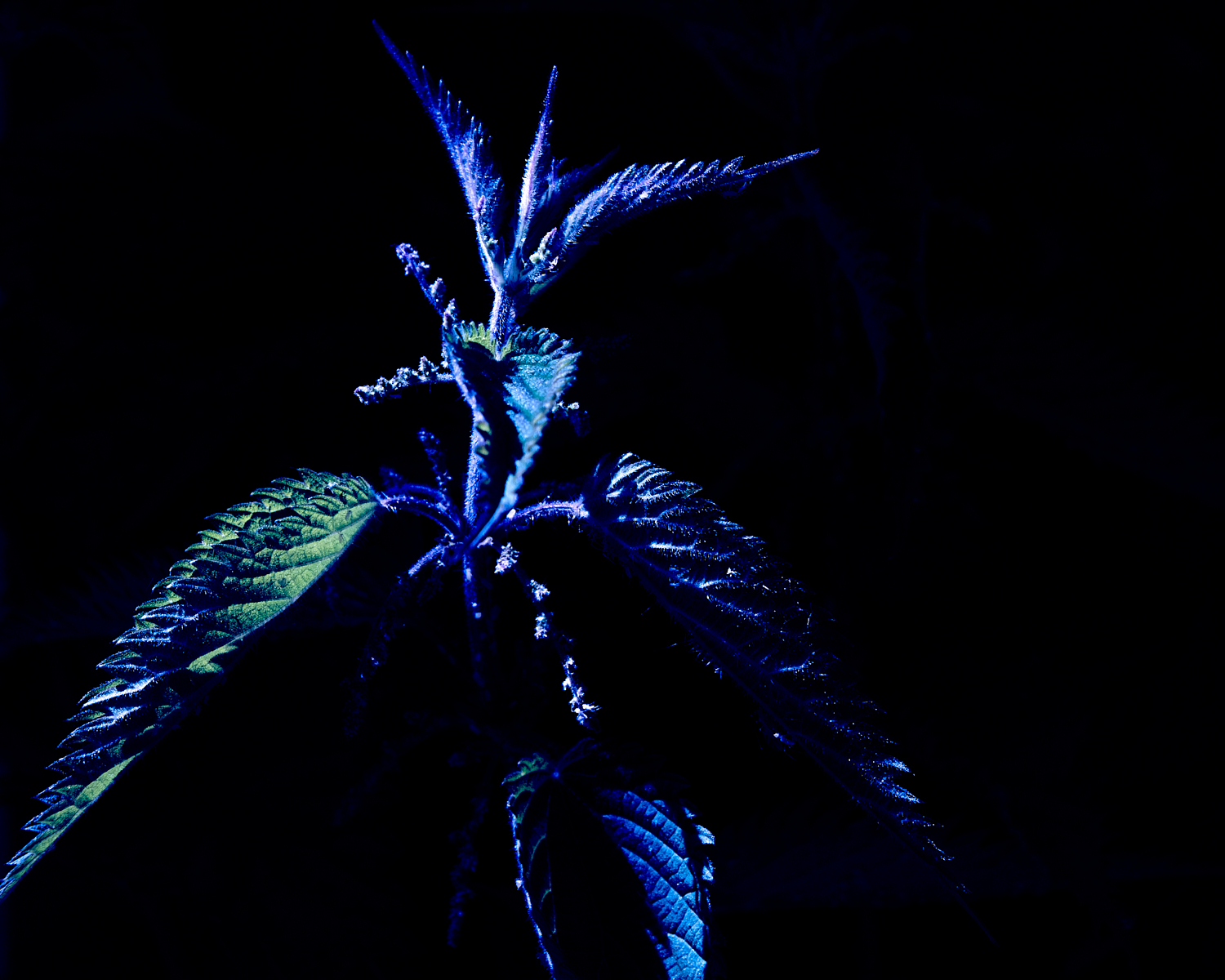
Stinging nettles natural habitat is fertile, muddy, slightly disturbed ground, especially amongst the lush herbage of silt-rich riverian environments and woodland glads manured by feeding animals.
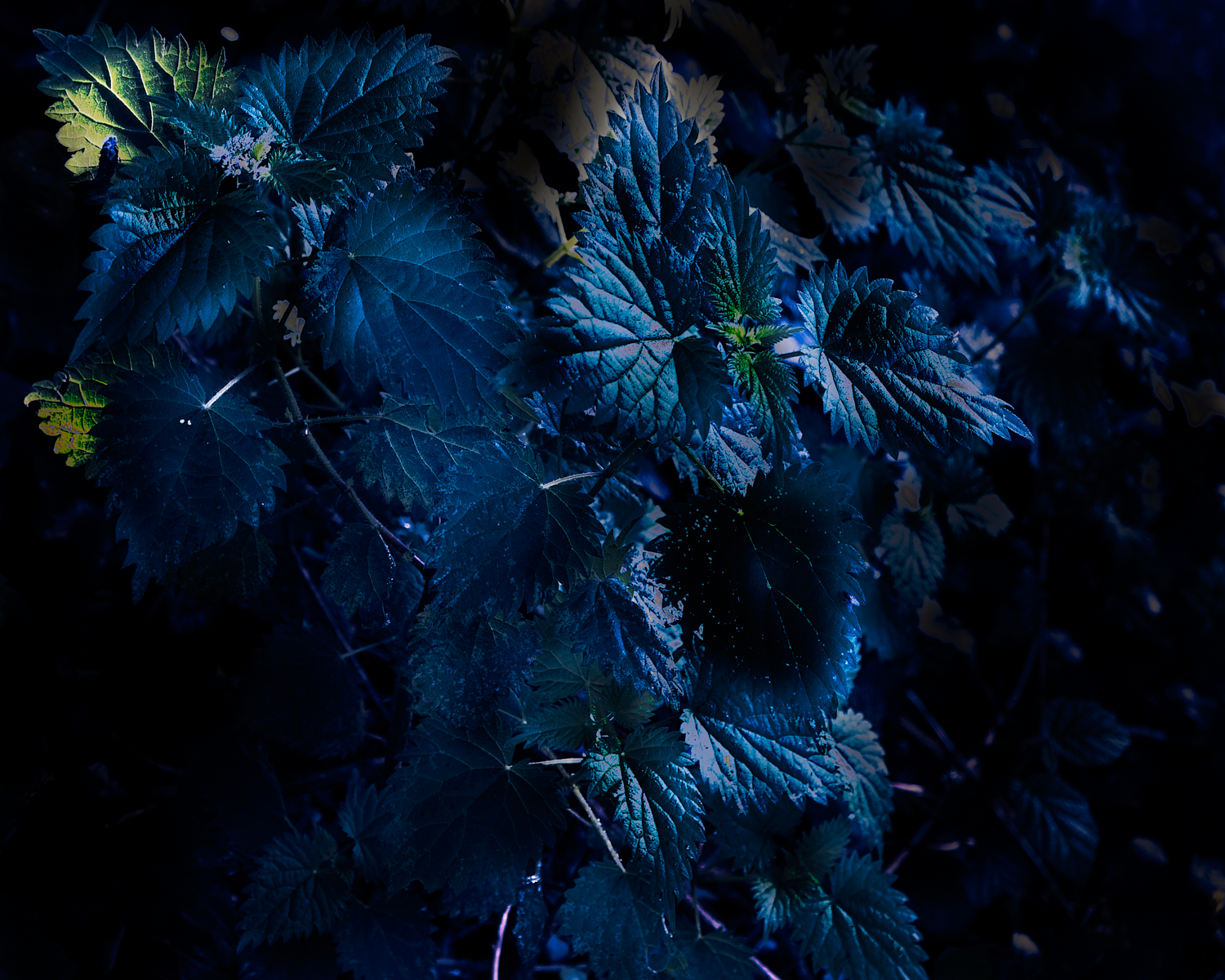
Above all, it needs soils rich in phosphates, which is why it flourishes in the wake of human and agricultural colonisation.
Soil-borne phosphates can endure for exceptionally long periods, and ancient nettle clumps, mark the sites of many deserted villages... and ruined crofts. Nettles have been found at the site of a Romano-British village on the Grovely ridge near Salisbury. The area is still dense with nettles subsisting on remains of an occupation that ended 1600 years ago.
Nettles can be found in \ these places /
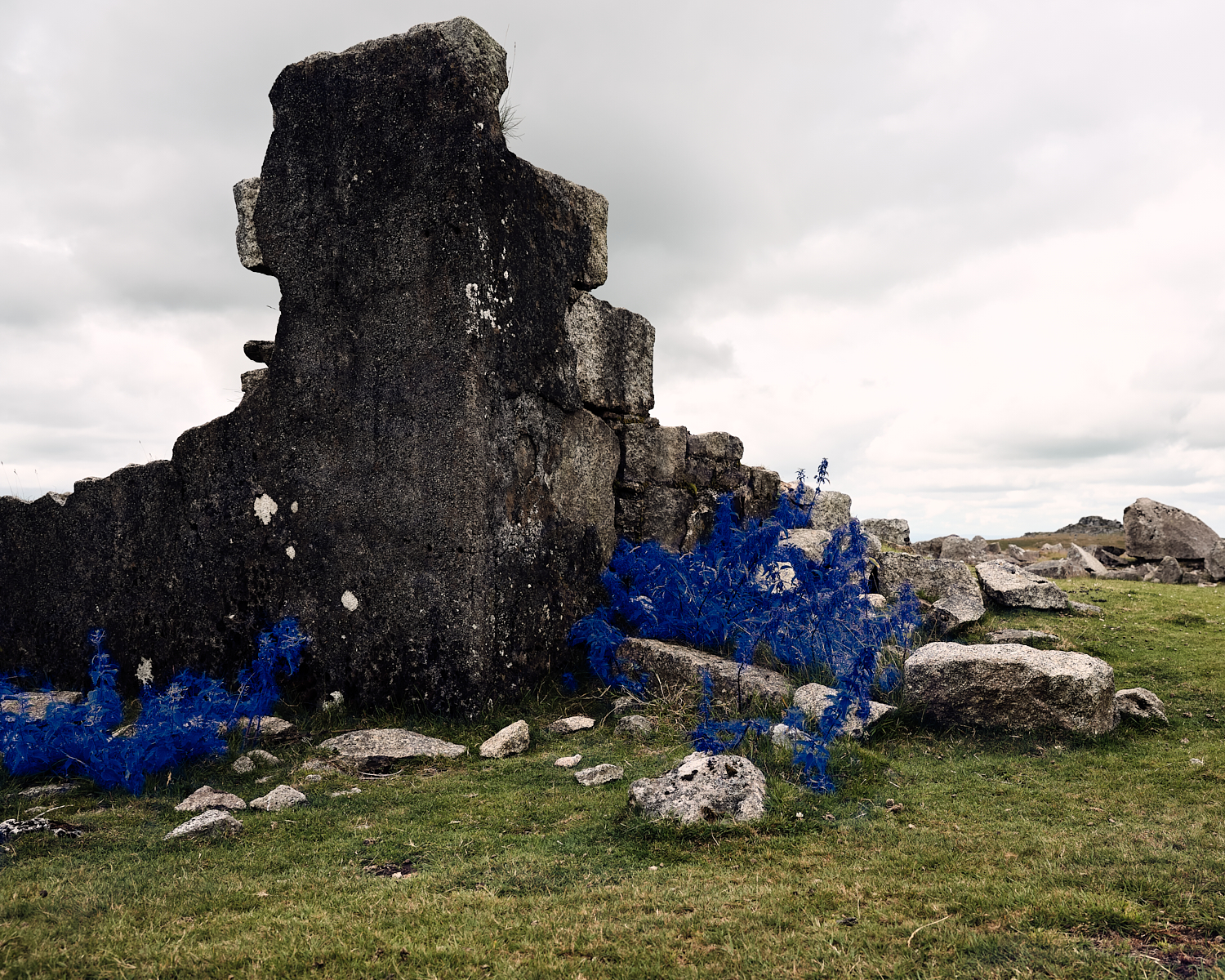
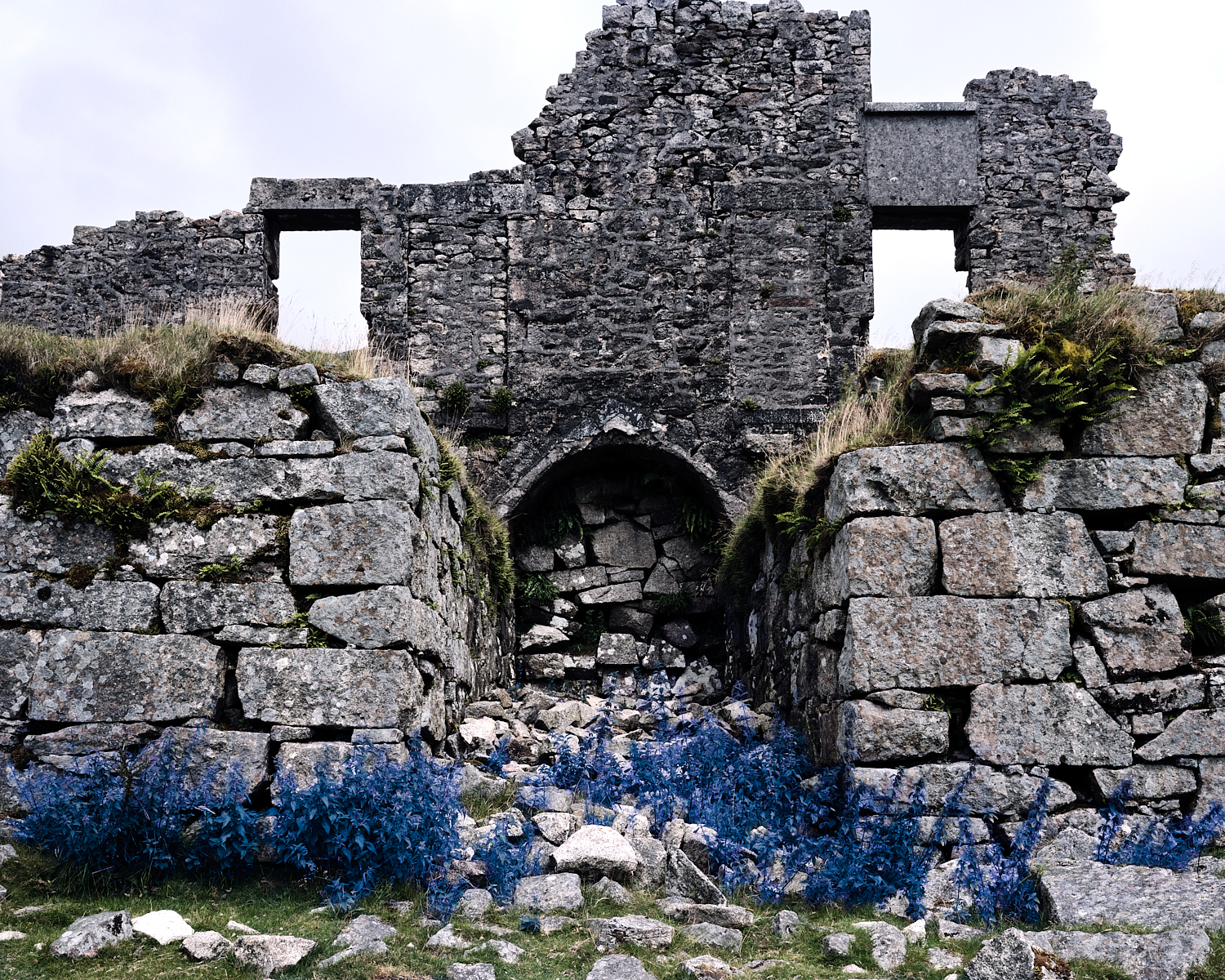
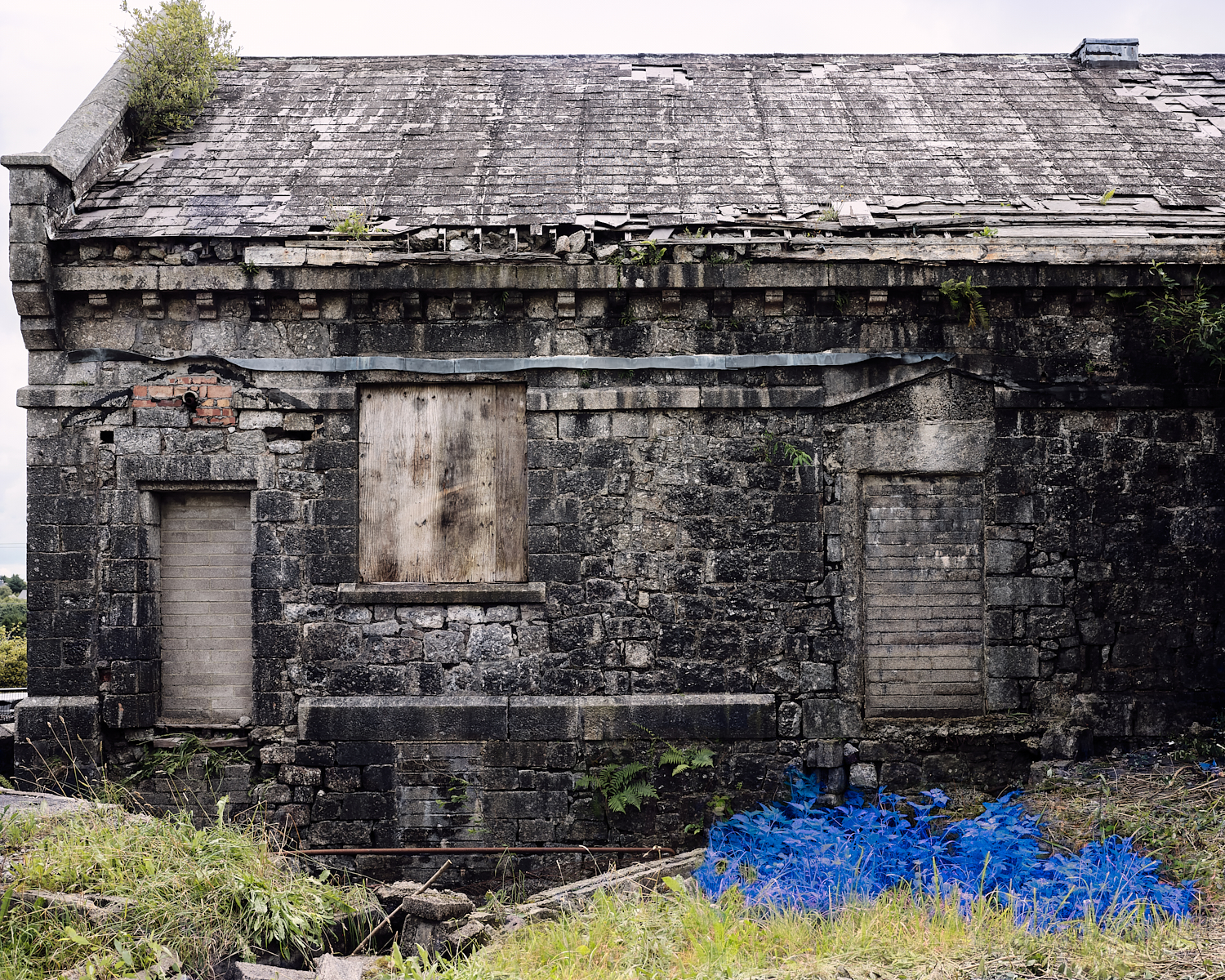
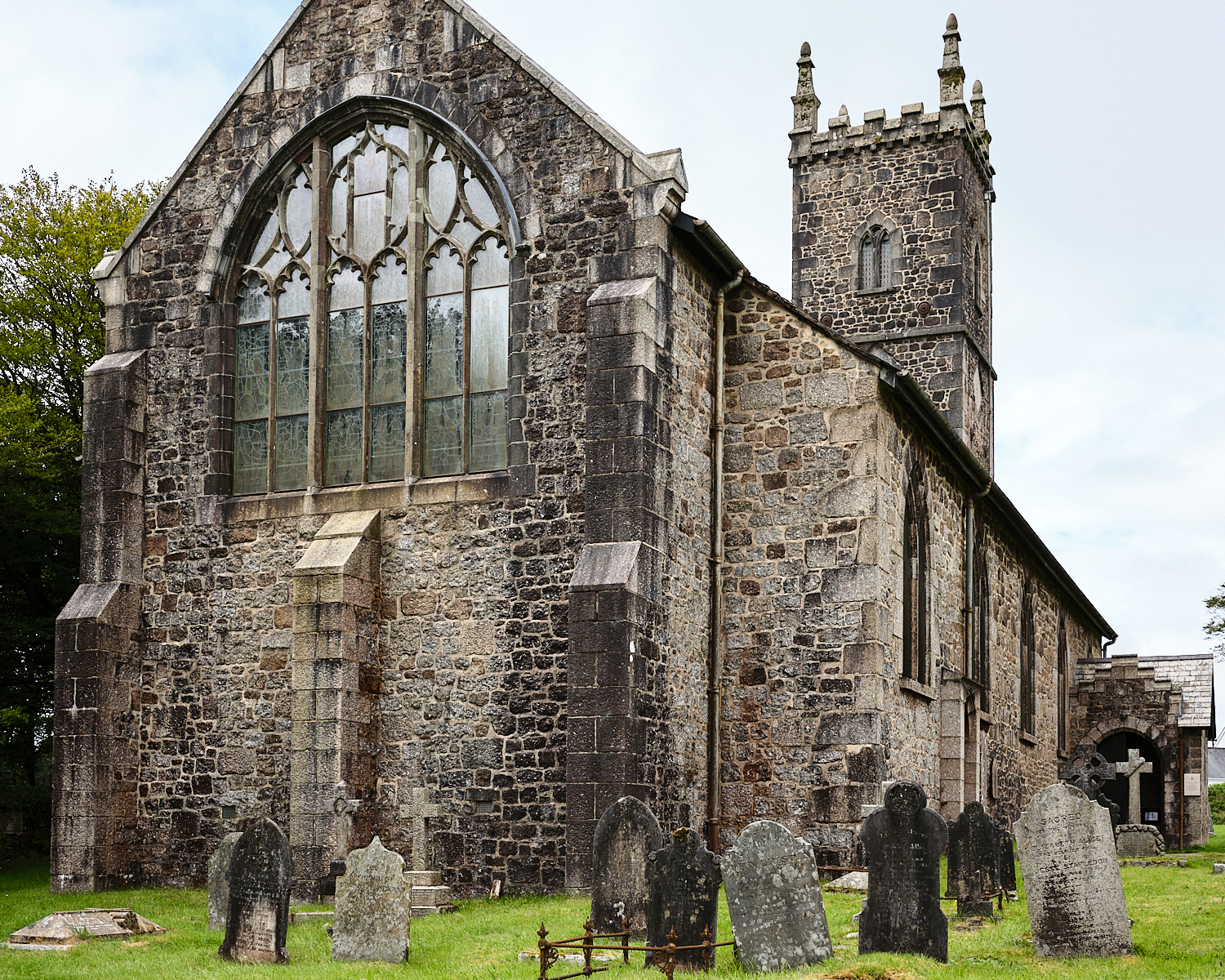
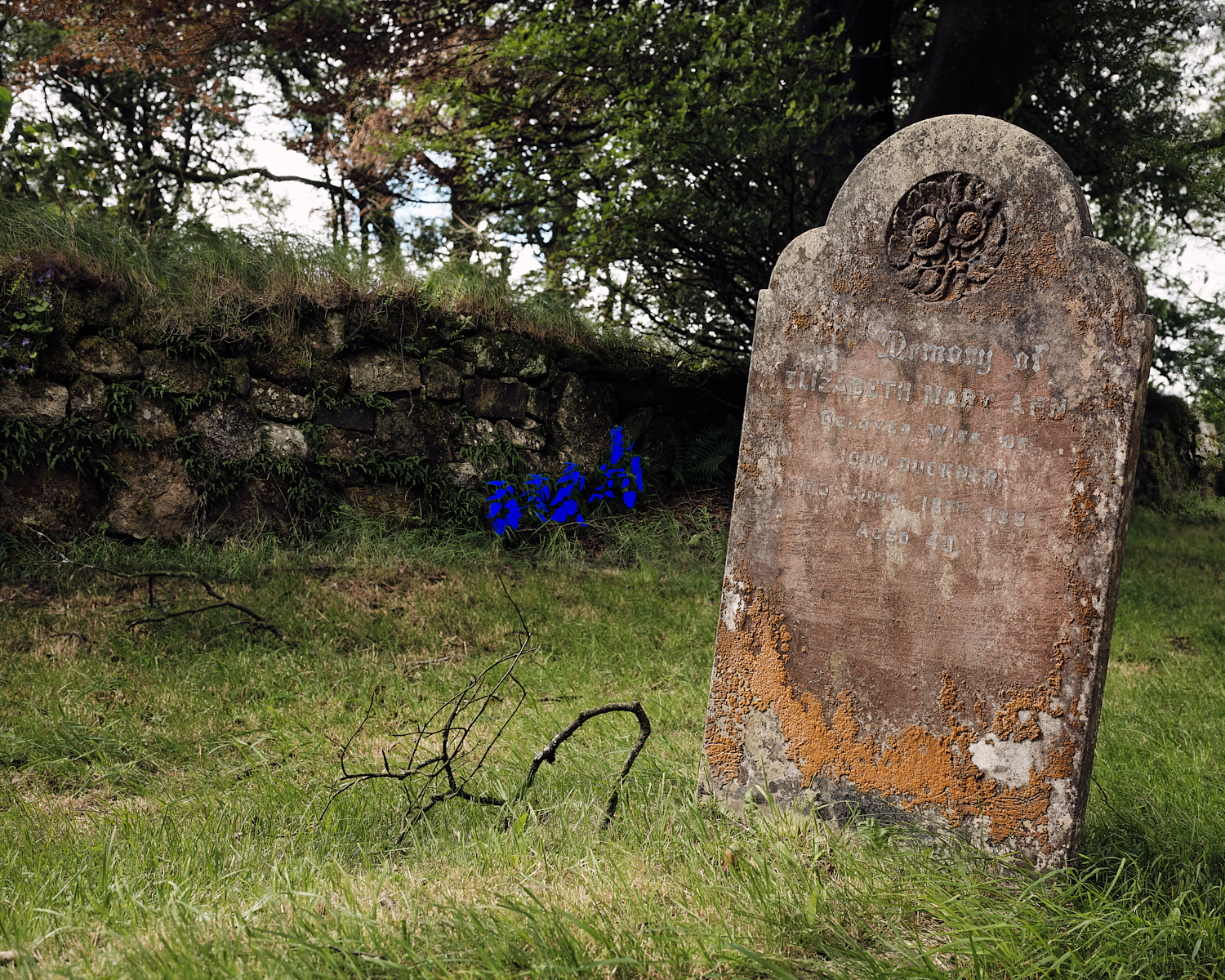 <
<
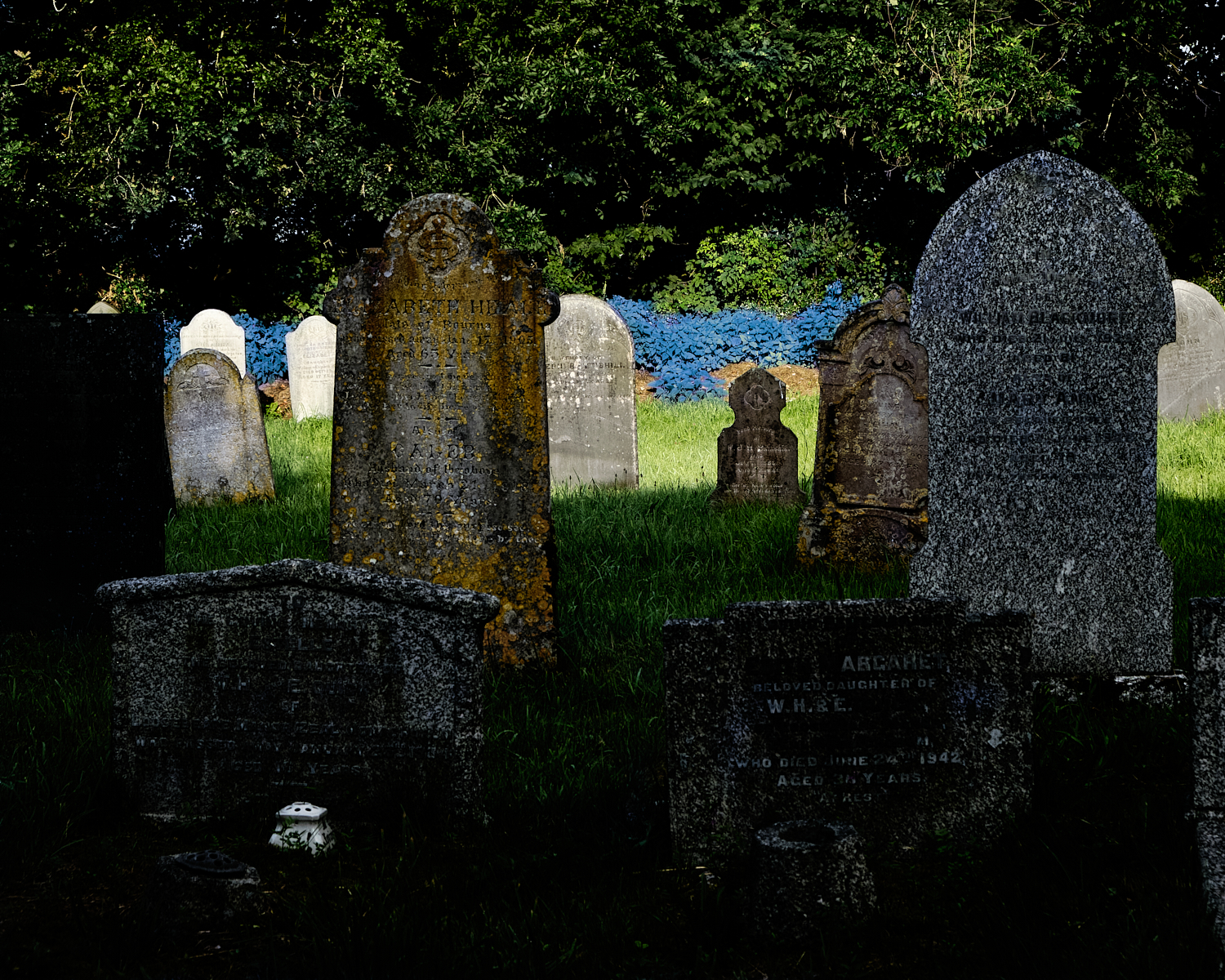
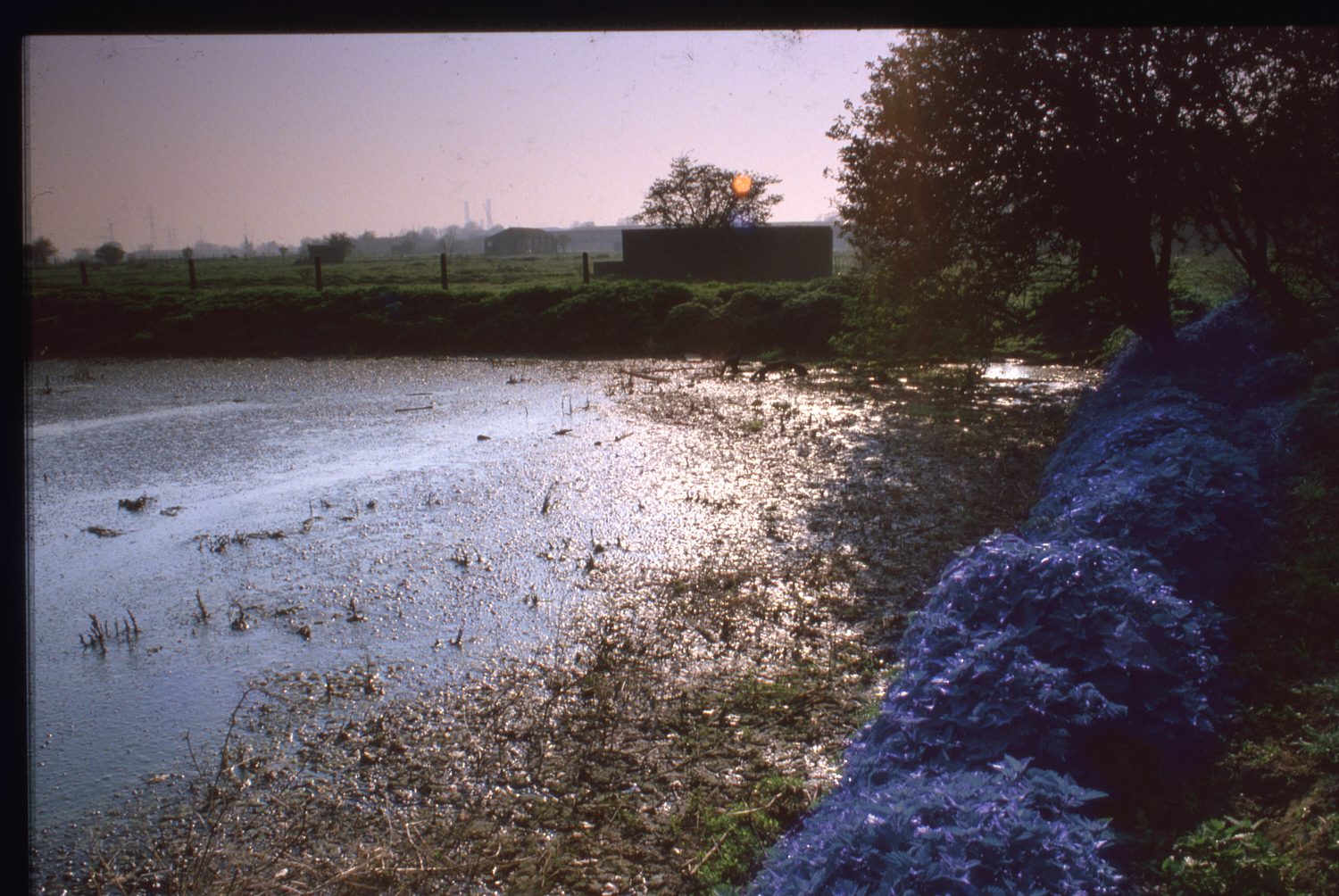
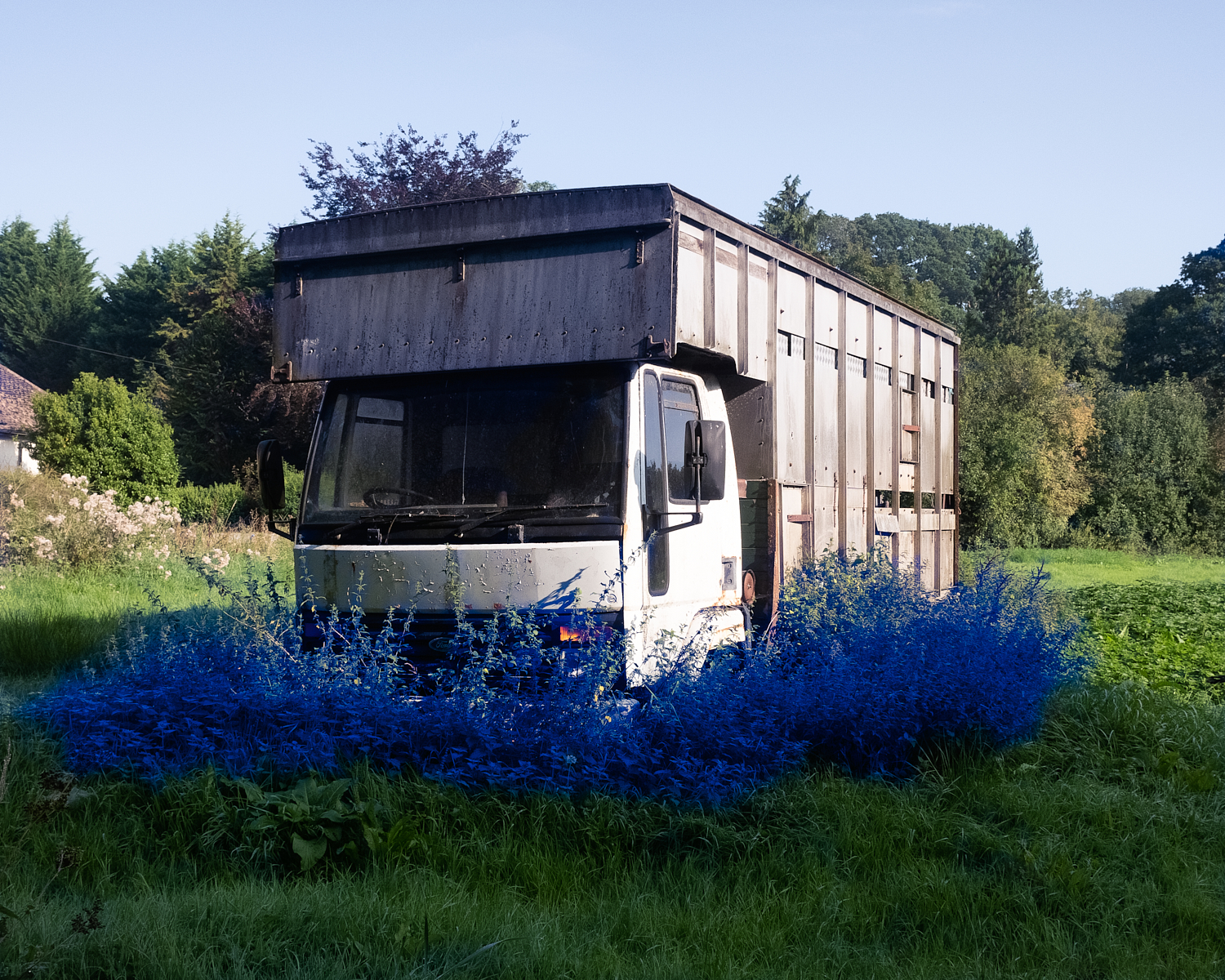
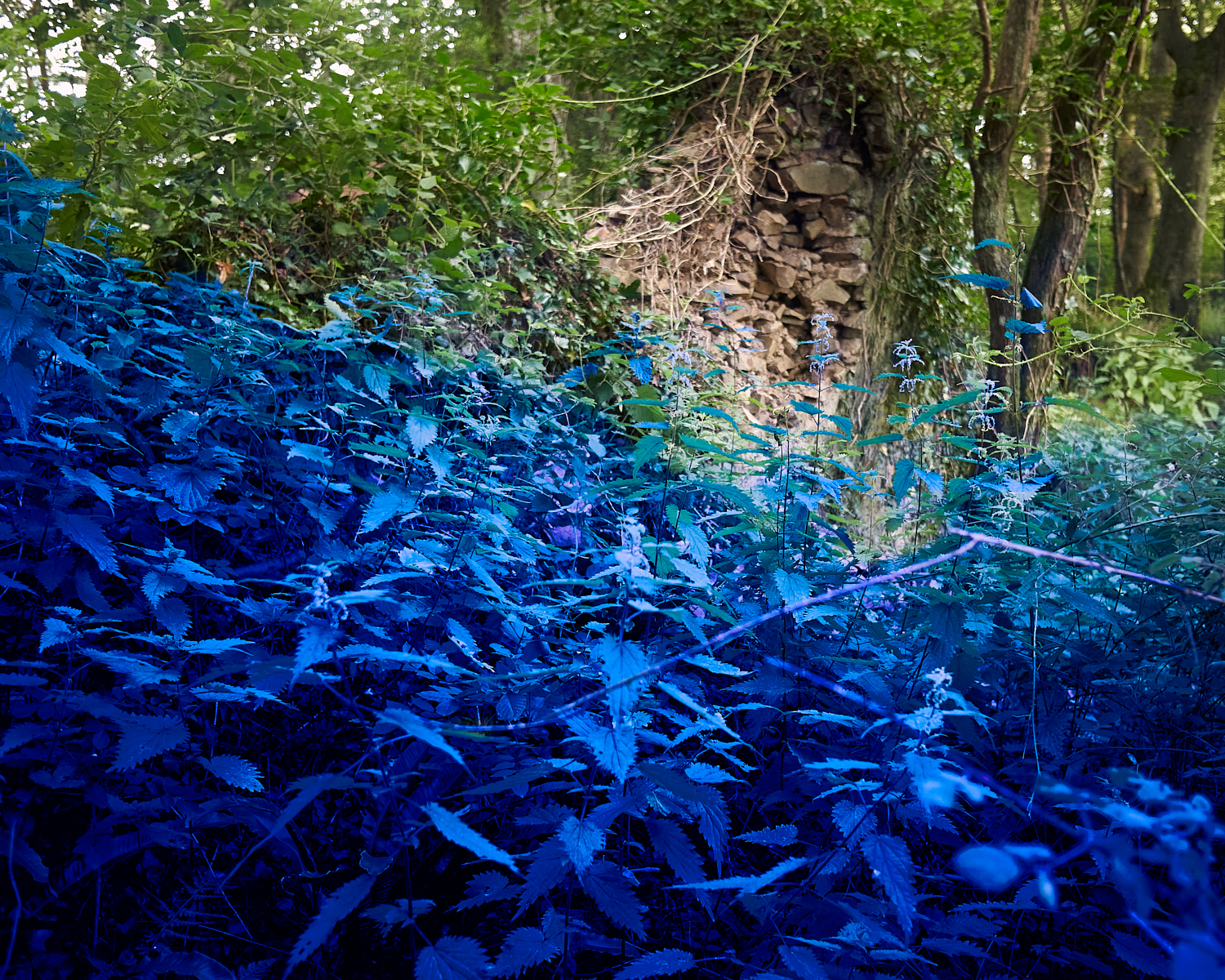
The land that I am familiar with and love is a working landscape. The recognition of historic signifiers such as nettles, elder, and cleavers whilst in the Landscape gives me a feeling of belonging and strengthens my connection to the land.